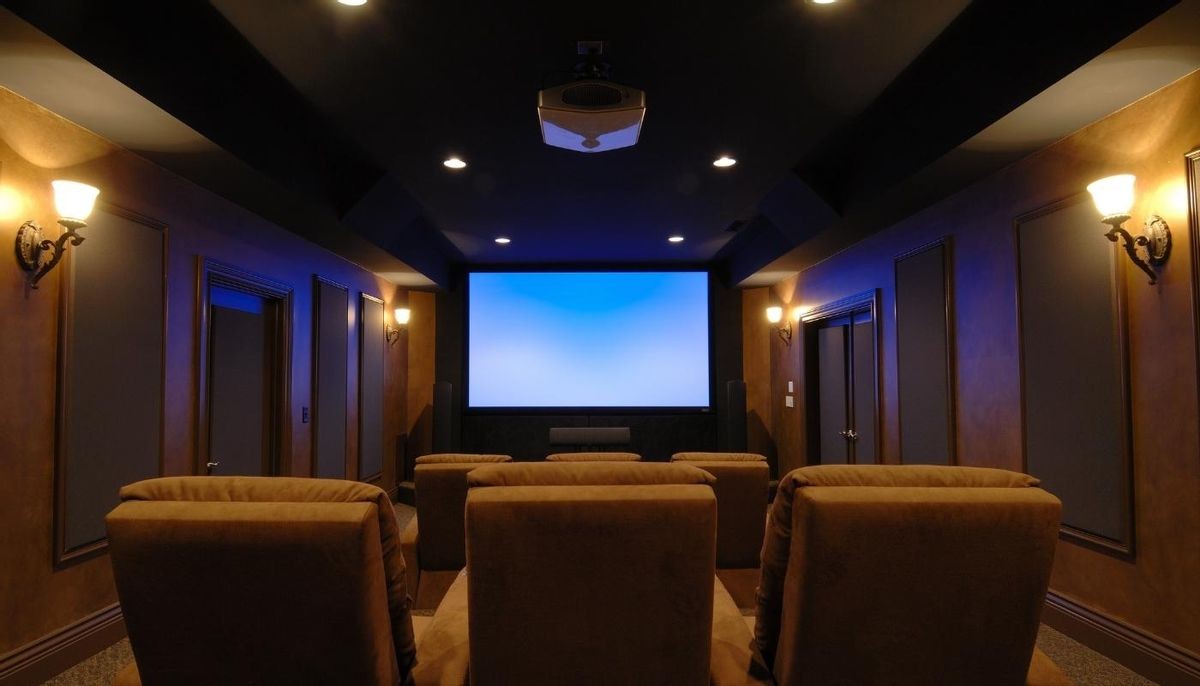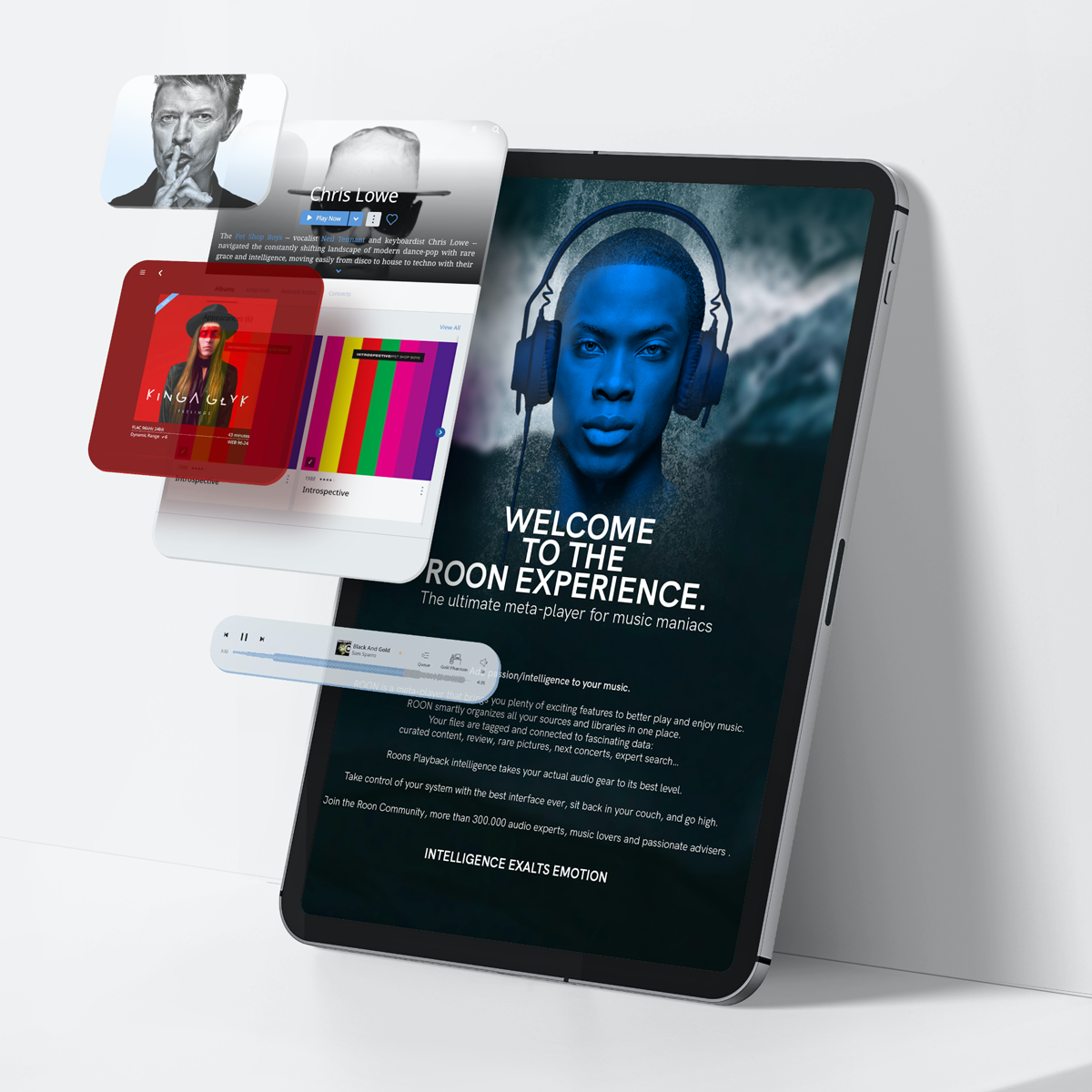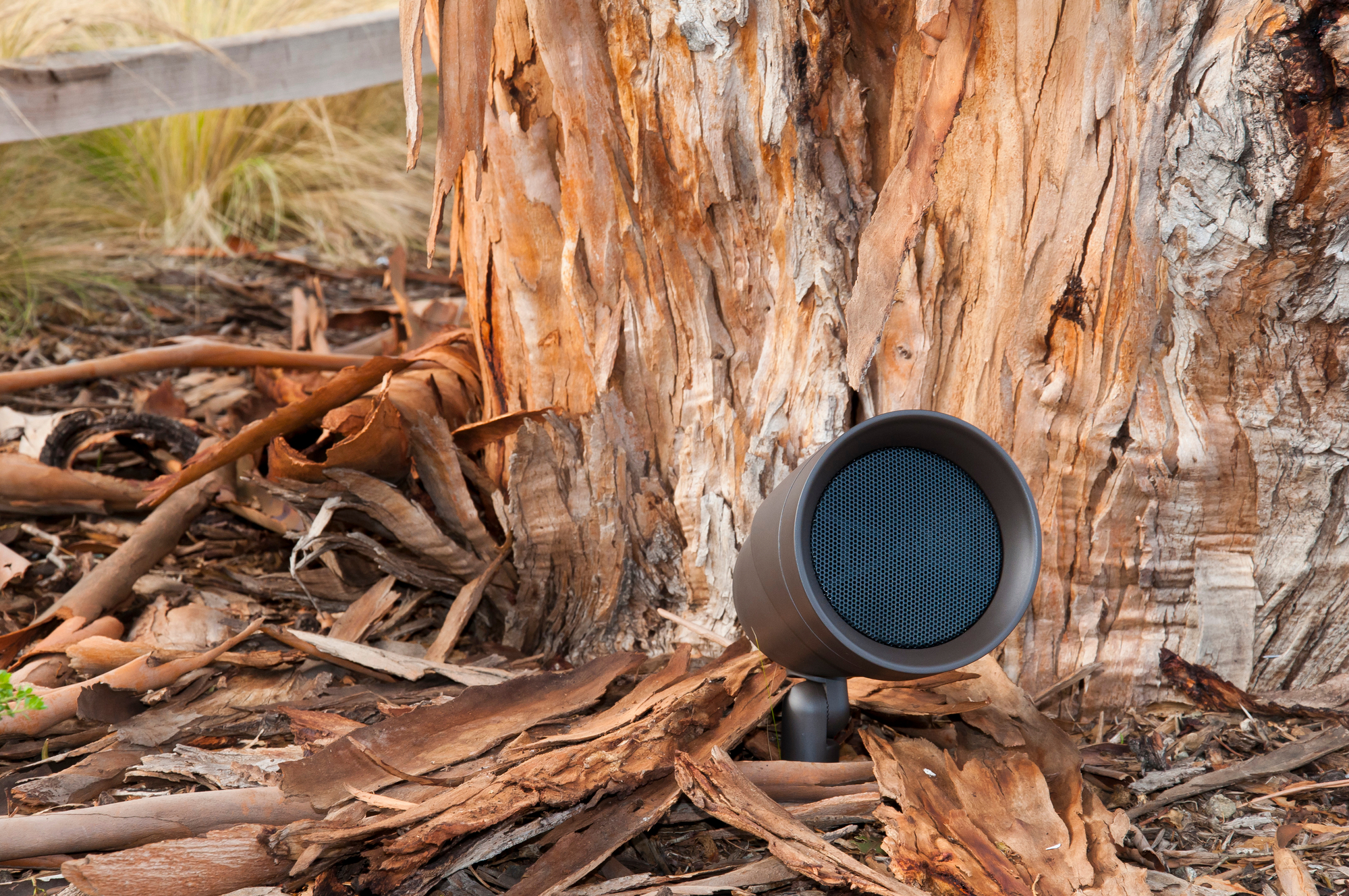Have a Geek Meet
If you’re more on the anti-social side, maybe going out to a geek-fest isn’t your thing. But that doesn’t mean you can’t still have fun! Play nerdy games with your fellow geeks or online. This might be a perfect day to go back to a good old game of “Dungeons and Dragons.” Or join the relevant Watch party on Facebook or any other nerdy event you are interested in. You could also join an online discussion about your latest movie or show obsession with your fellow geeks.
And if you want an in-person meet-up with some friends, you can do that too. Maybe you’ll binge-watch your favorite anime or watch a marathon of Marvel films. Alternatively, you might spend the entire day playing your favorite video game. And if you can’t spend the whole day geeking, you can still take some time to show off your new projector or your home audio system you just added.
Geekify Your Home
Don’t feel like your home really showcases your inner or outer geek? Take the chance on this Geek Pride day to rectify that. So if you’ve been thinking your video game setup needs some work, it’s time to go for an upgrade! And while you’re at it, you can completely transform your home theater experience with a custom solution that matches your geeky soul. You can even take the opportunity to geekify your backyard patio with an outdoor theater setup—the choice is yours!
Perhaps you’d want to use your creativity and set up some home automation lights to recreate Harry Potter scenes or as the backdrop for your next cosplay. It is Geek Pride Day, so why not get techy with it!
Get Creative
If you’re a sci-fi lover, you know what a tricorder is, but did you know that with home automation, you can almost have the real thing? The tricorder was the pinnacle of efficiency and simplicity. It was a small machine that allowed access to an almost infinite amount of sensor data and automation. Like how a smart home hub or app is, nifty isn't it?







